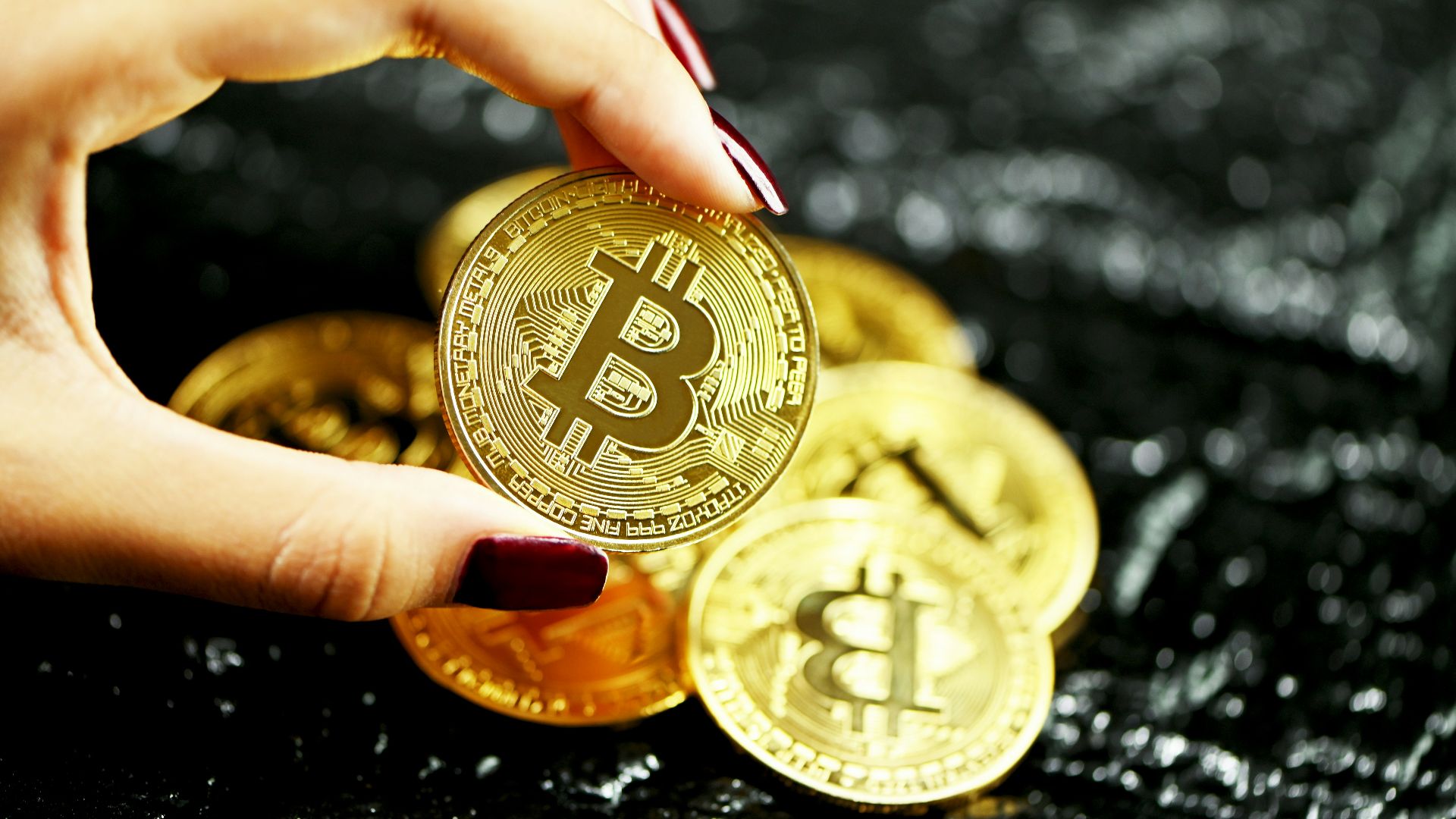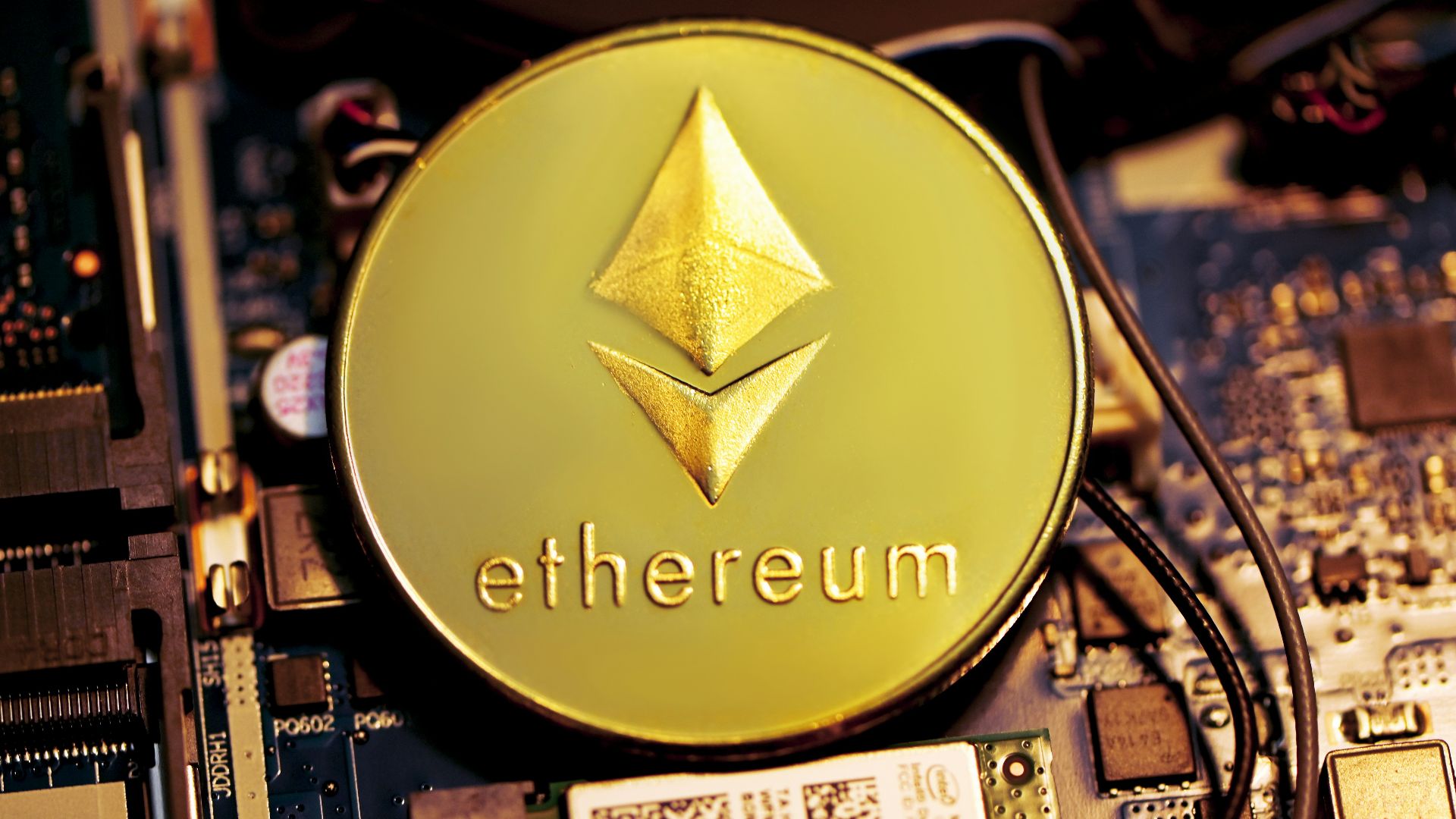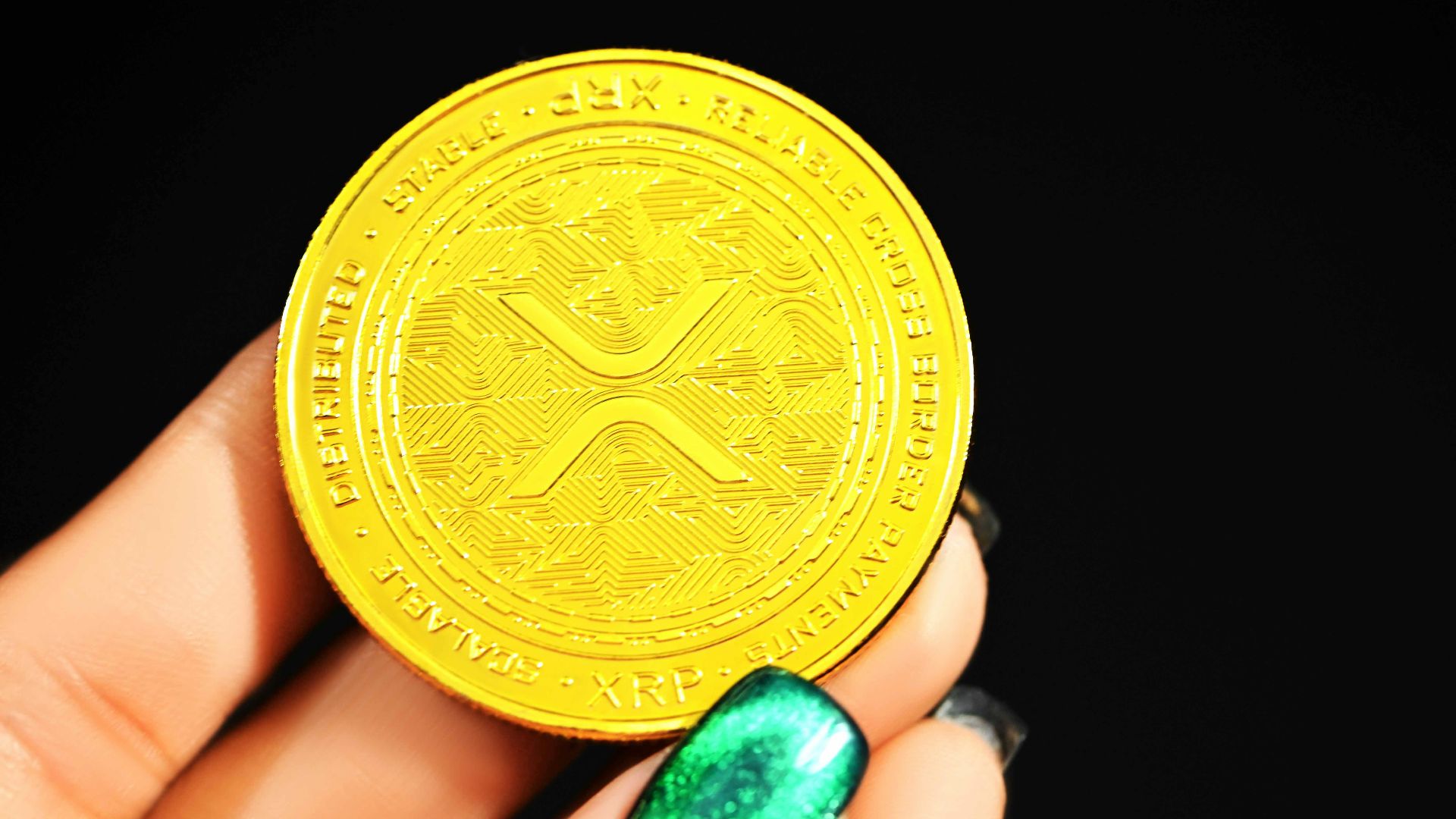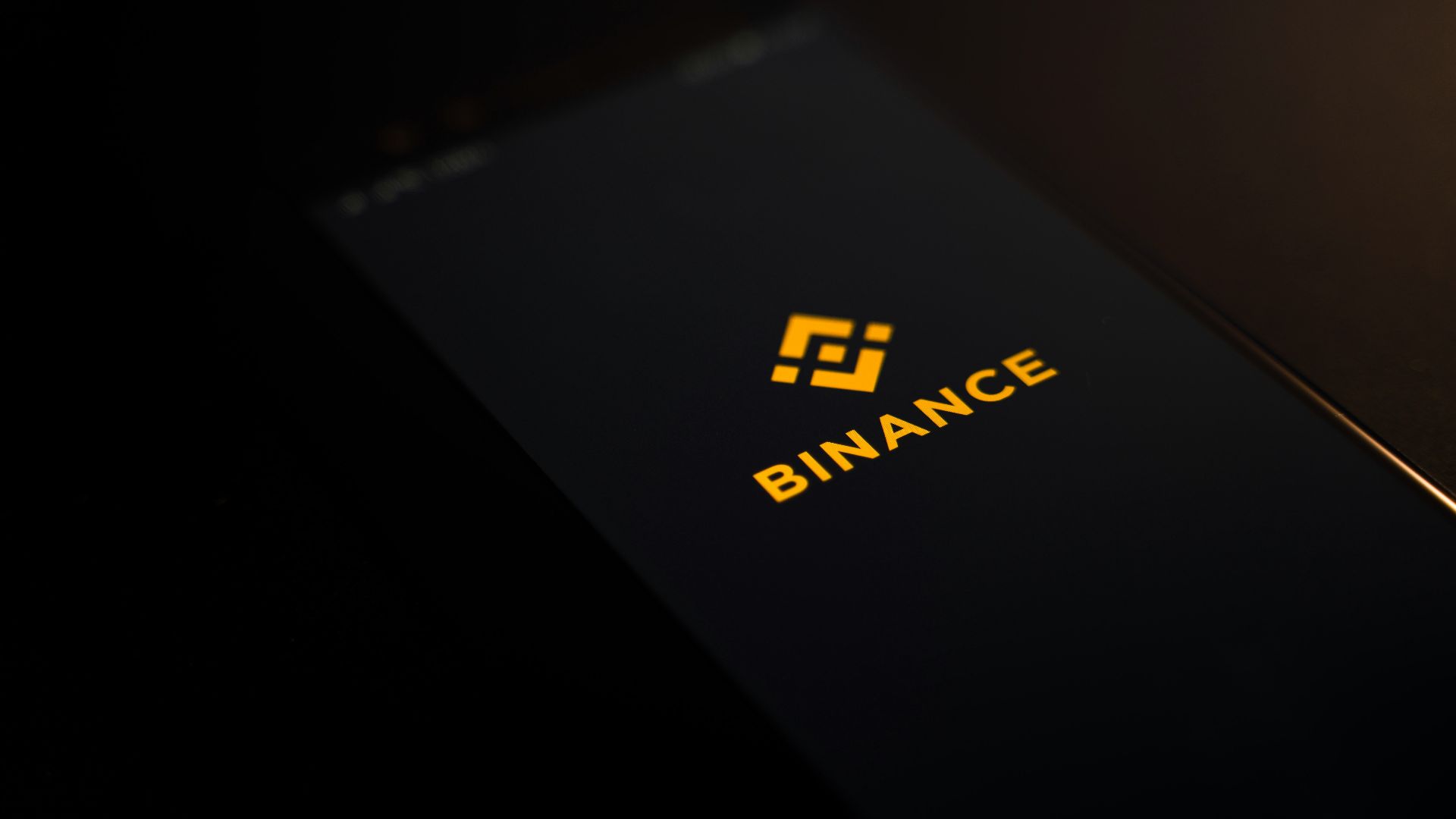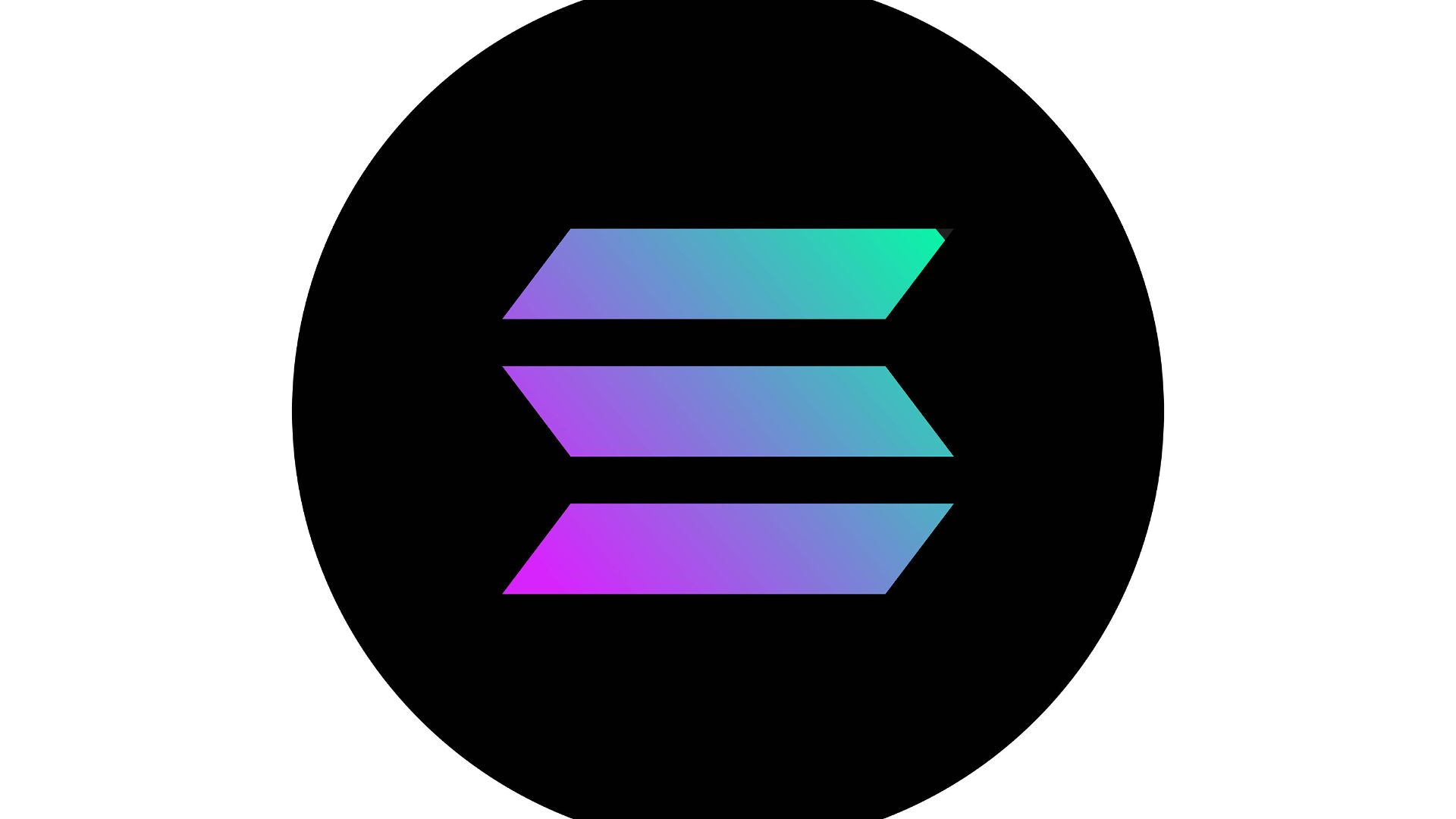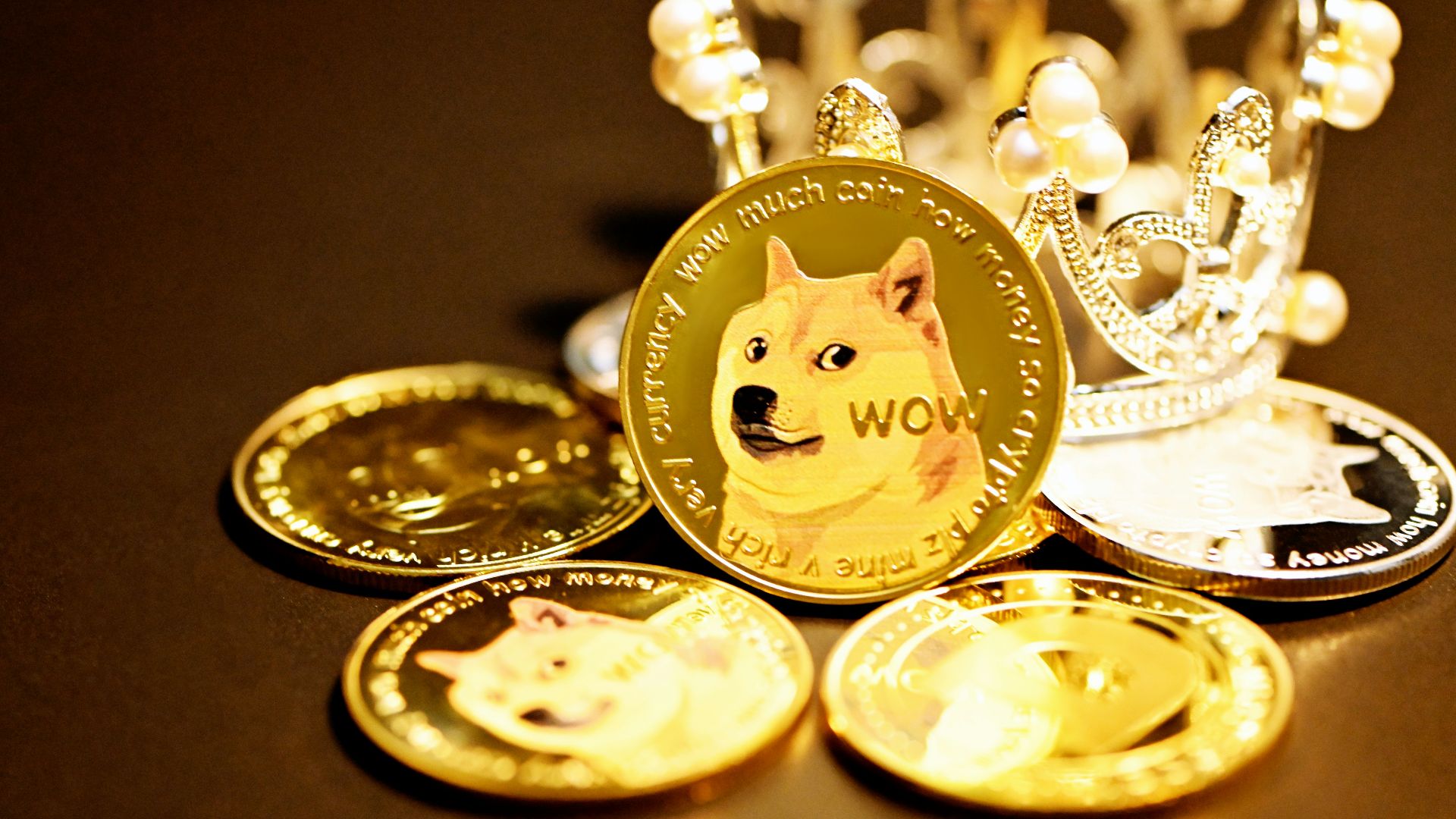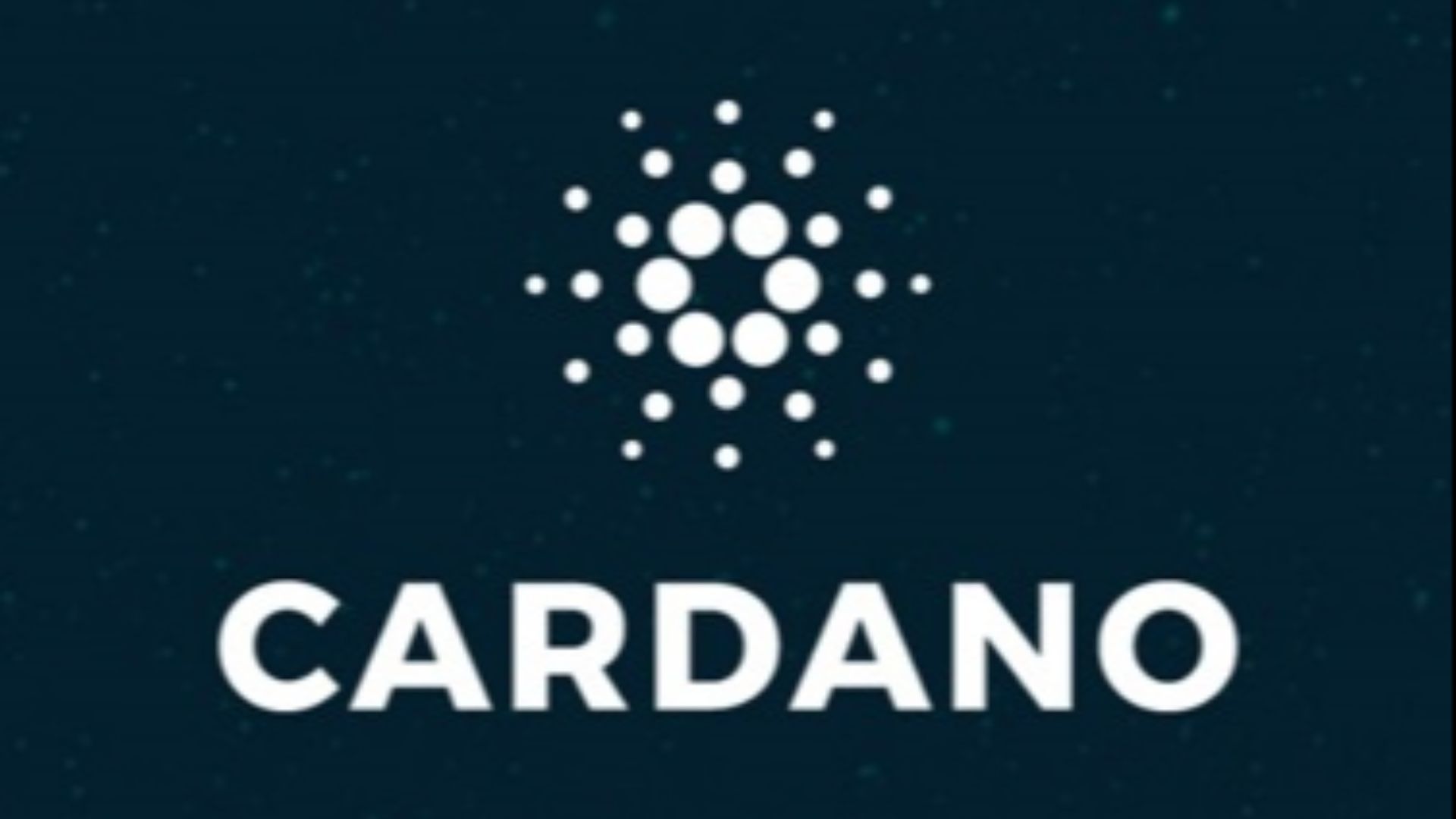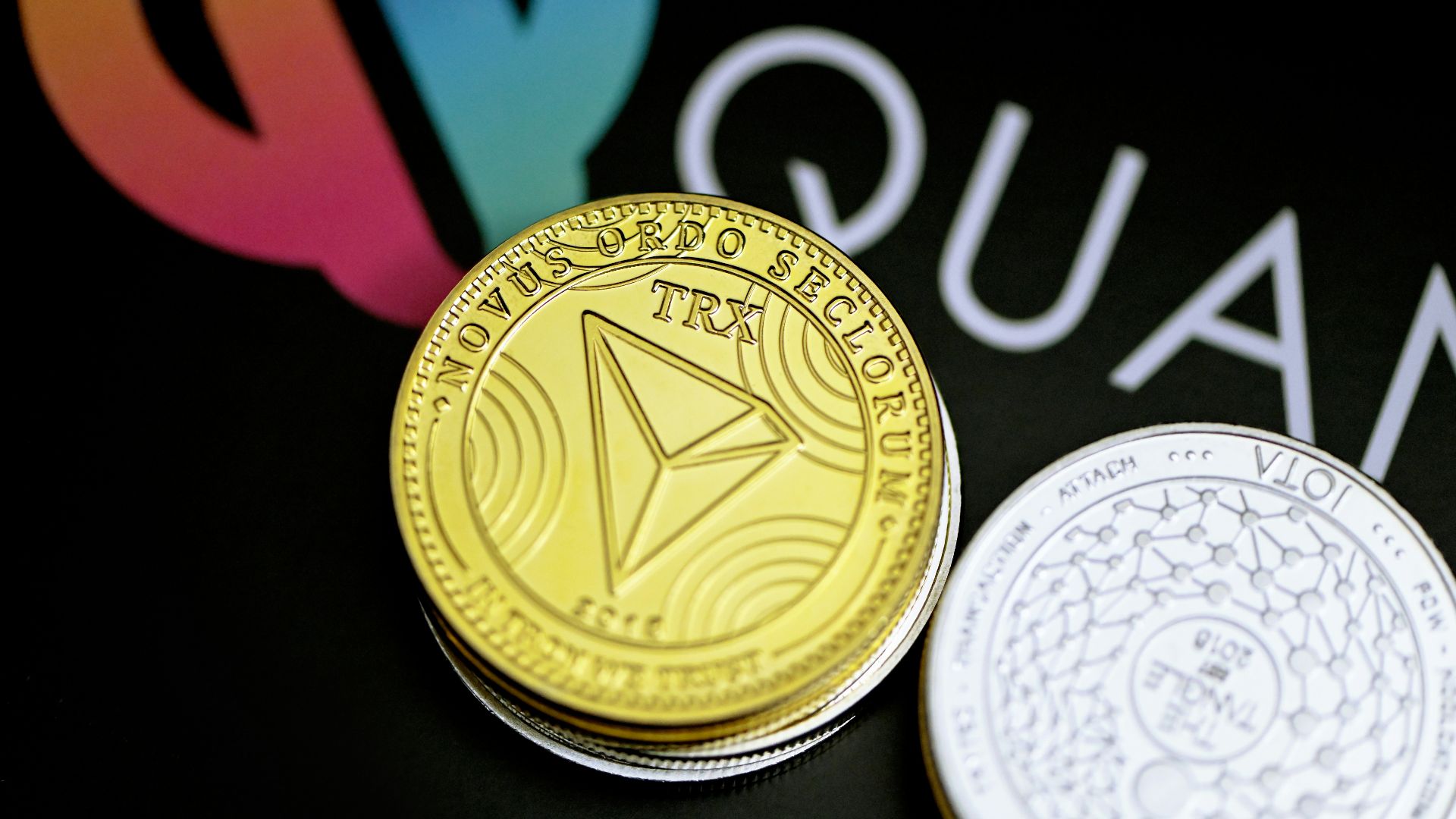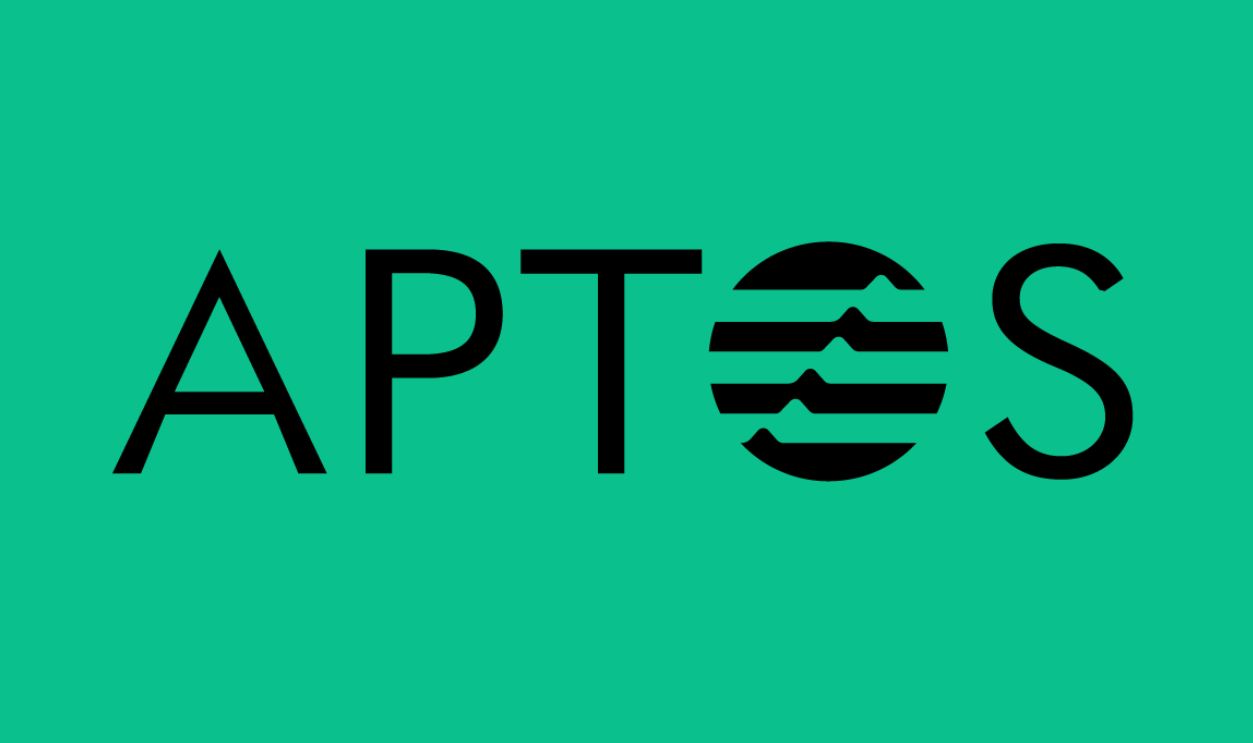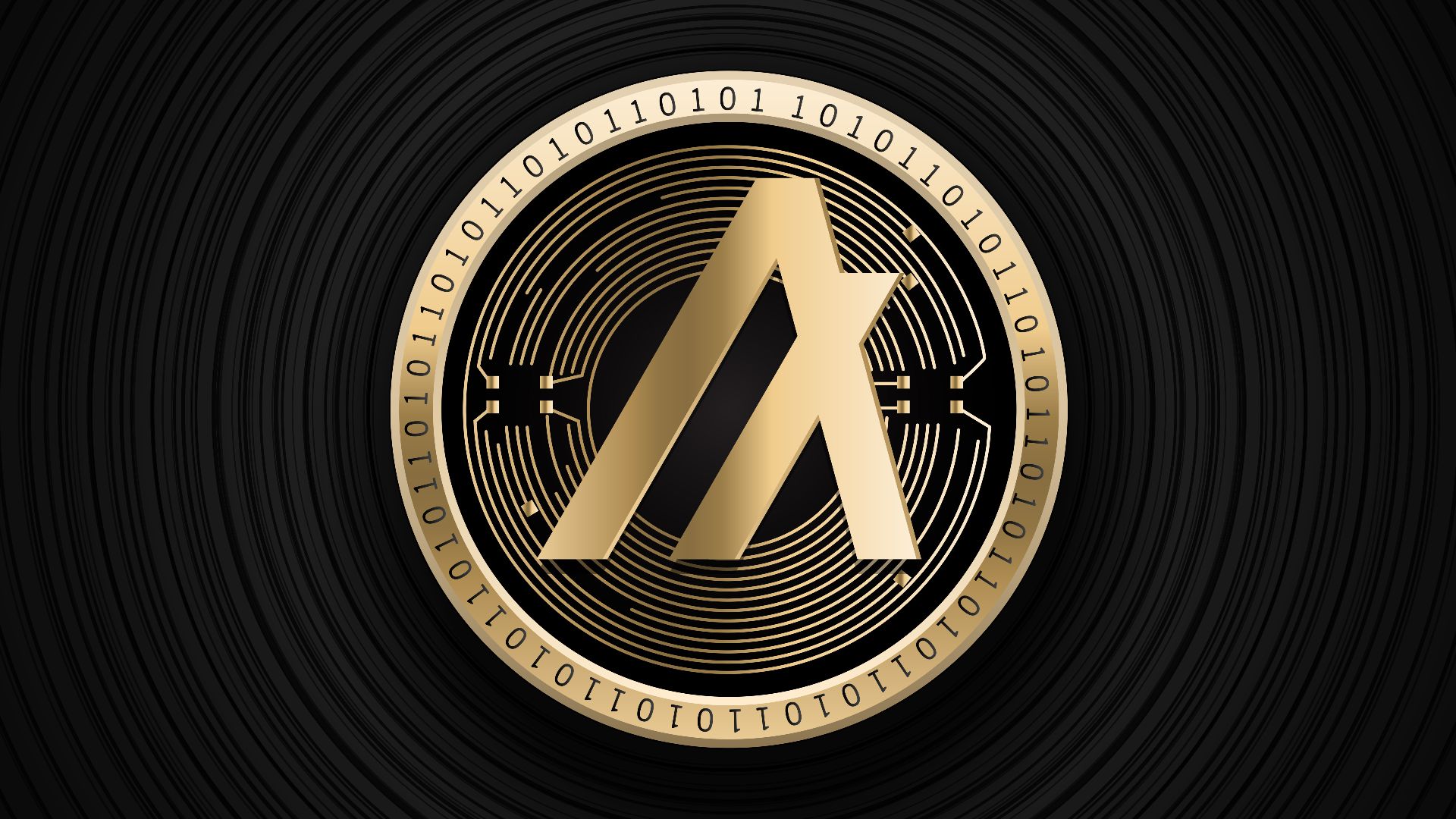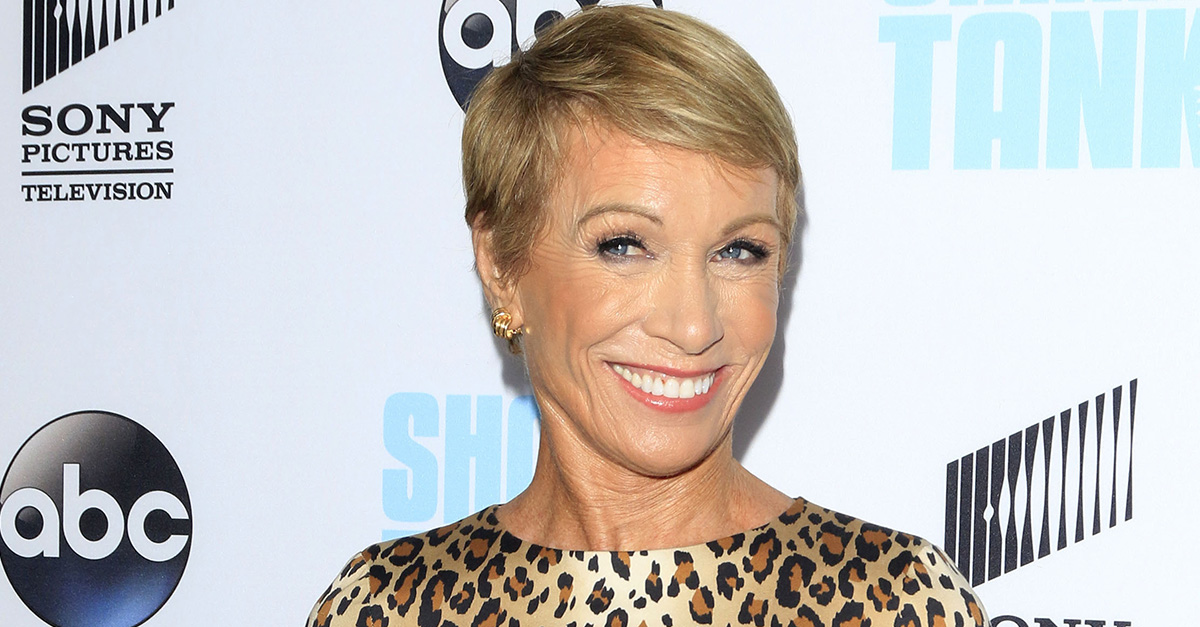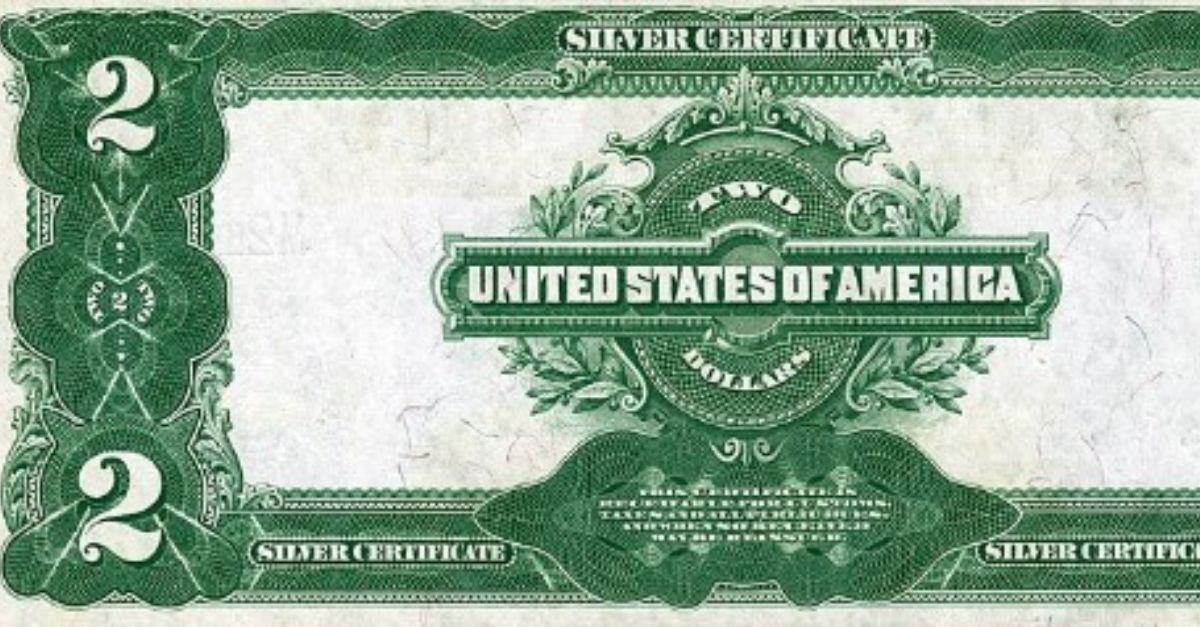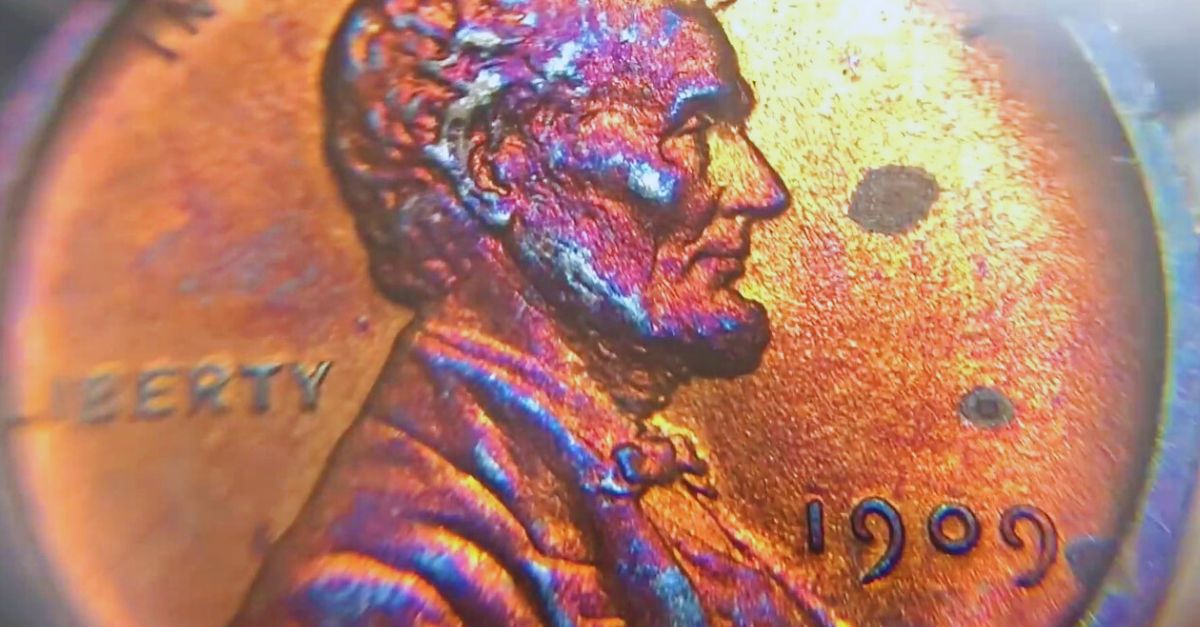Reshaping Finance
Cryptocurrency has come a long way since Bitcoin’s early days and has grown into a massive financial ecosystem with thousands of digital assets. But with so many options, how do you know which ones truly matter?

Bitcoin (BTC)
The mysterious Satoshi Nakamoto launched Bitcoin in 2009. It became a pioneer in cryptocurrency as a decentralized alternative to traditional money. Over the years, Bitcoin has become widely accepted as a store of value, with a price of around $83,350 as of March 2025.
Ethereum (ETH)
In 2015, Ethereum was made by Vitalik Buterin and a team of developers. Unlike Bitcoin, Ethereum introduced "smart contracts" that power decentralized applications (DApps) and NFTs (non-fungible tokens). By 2022, it switched to proof-of-stake with the Merge, reducing energy consumption by 99.9%.
Tether (USDT)
With a value pegged to the US dollar, Tether or USDT was developed in 2014. This stability makes it the most-used cryptocurrency for trading, as it allows traders to move money quickly without dealing with the volatility of other cryptos. It became the most traded cryptocurrency by volume, surpassing Bitcoin.
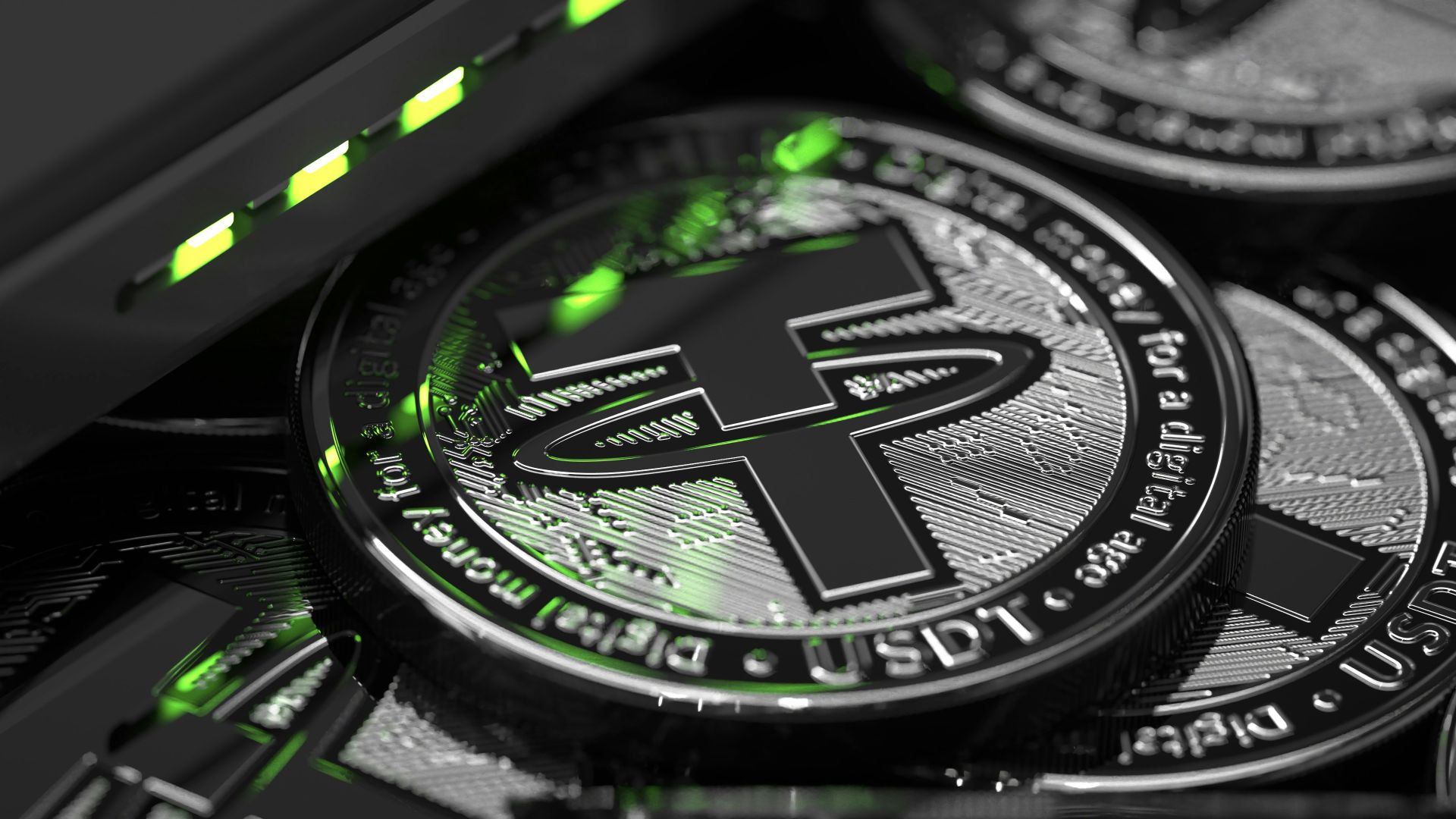 DrawKit Illustrations, Unsplash
DrawKit Illustrations, Unsplash
XRP (XRP)
XRP was designed for fast and low-cost international transactions. Currently, transactions take seconds and cost a fraction of a cent. XRP was used by major banks like Santander for cross-border payments with a price of $2.32 and a market cap of $134.3 billion as of March 2025.
BNB (BNB)
Binance introduced BNB in 2017, which was originally created to offer trading discounts. Since then, it has grown into a major cryptocurrency used on Binance Smart Chain (BSC)—a blockchain for DeFi and NFTs. Despite facing regulatory scrutiny in multiple countries, it remains dominant.
Rocket Pool ETH (RETH)
Rocket Pool ETH (RETH) was developed as a staking protocol stake ETH without requiring extensive technical knowledge or infrastructure. It’s different from RPL, the insurance token of Rocket Pool, and has a current market price of around $2170.
 Staking ETH through rETH (Rocket Pool or Uniswap) by Ruth van Caspel
Staking ETH through rETH (Rocket Pool or Uniswap) by Ruth van Caspel
Solana (SOL)
Only one year after its launch, Solana became a top competitor to Ethereum in DeFi and NFTs. Its market price is listed at around $126.17 as of March 2025. Solana is considered to be one of the fastest blockchains and can process thousands of transactions per second at low fees.
USD Coin (USDC)
Each USDC is backed by a US dollar held in reserve to provide a stable digital currency. USDC is available on multiple blockchains, including Ethereum, Algorand, Solana, Stellar, and TRON. In 2021, Visa announced it would allow the use of USDC to settle transactions on its network.
 Circle, CC BY-SA 4.0, Wikimedia Commons
Circle, CC BY-SA 4.0, Wikimedia Commons
Dogecoin (DOGE)
Inspired by the popular "Doge" meme featuring a Shiba Inu dog, Dogecoin was intended to be a fun cryptocurrency. Despite its origins, Dogecoin gained a significant following and became known for its active community and charitable endeavors. By 2022, it became even more accepted as a payment method by various platforms.
Cardano (ADA)
Ethereum co-founder Charles Hoskinson launched Cardano in 2017. It provides a scalable infrastructure for smart contracts with a strong focus on peer-reviewed protocols. Cardano’s ecosystem has expanded significantly, with numerous DeFi projects and partnerships.
TRON (TRX)
The current market price of TRON is currently listed at around $0.2214 as of March 2025. This blockchain-based platform was introduced in 2017 to create a decentralized internet. It focuses on providing scalable and high-throughput infrastructure for decentralized applications (dApps) and entertainment platforms.
Wrapped Bitcoin (WBTC)
Wrapped Bitcoin (WBTC) was developed in 2019 as a way to bring Bitcoin's liquidity to the Ethereum network. Each WBTC token is backed 1:1 by Bitcoin, allowing users to utilize Bitcoin within Ethereum's decentralized finance (DeFi) ecosystem.
Hedera (HBAR)
This is a public distributed ledger that utilizes the hashgraph consensus algorithm to offer a fast and secure infrastructure for decentralized applications (dApps). Co-founded by Dr. Leemon Baird and Mance Harmon in 2018, Hedera provides a more efficient alternative to traditional blockchain technology.
Avalanche (AVAX)
In 2020, Avalanche introduced a new consensus protocol for high-performance blockchain networks. It’s a decentralized platform designed for building custom blockchain networks and decentralized applications. It offers high throughput and low latency to address scalability issues faced by earlier blockchains.
 Avalanche: Enabling Web3 Devs and Businesses to Create Without Limits by Avalanche
Avalanche: Enabling Web3 Devs and Businesses to Create Without Limits by Avalanche
UNUS SED LEO (LEO)
The parent company of the Bitfinex exchange, iFinex, introduced UNUS SED LEO (LEO) in 2019. It’s a utility token designed to provide various benefits to users within the iFinex ecosystem, including access to premium services and low trading fees.
Shiba Inu (SHIB)
An anonymous individual known as "Ryoshi” introduced Shiba Inu in 2020. It’s an Ethereum-based token that started as a meme coin inspired by Dogecoin. Despite its humorous beginnings, Shiba Inu has developed a decentralized ecosystem, including a decentralized exchange called ShibaSwap.
Toncoin (TON)
Toncoin is the native cryptocurrency of TON, a blockchain project initially developed by Telegram. After legal challenges, the project was handed over to the open-source community, which continued its development. TON offers fast transactions and a scalable blockchain solution.
Sui (SUI)
Developed by Mysten Labs, Sui is a layer 1 blockchain platform designed to offer high throughput and low latency for decentralized applications. It leverages a novel consensus mechanism and data structures to achieve scalability and efficiency with a current price of about $2.25 as of March 2025.
Litecoin (LTC)
Valued at about $91 as of March 2025, Litecoin was created by former Google employee Charlie Lee in 2011. It’s one of the earliest cryptocurrencies, often referred to as "the silver to Bitcoin's gold”. It was designed to provide faster transaction times compared to Bitcoin.
 Litecoin Foundation Ltd & The Tokens Agency, CC BY-SA 4.0, Wikimedia Commons
Litecoin Foundation Ltd & The Tokens Agency, CC BY-SA 4.0, Wikimedia Commons
Chainlink (LINK)
To bridge smart contacts with real-world data, Chainlink was launched in 2017 as a decentralized oracle network. By providing tamper-proof inputs and outputs for complex smart contracts, Chainlink enhances the functionality of decentralized applications.
 User:Josve05a/Logos/2021 February 19-28, Wikimedia Commons
User:Josve05a/Logos/2021 February 19-28, Wikimedia Commons
Stellar (XLM)
Stellar, co-founded by Jed McCaleb and Joyce Kim, is a protocol that connects financial institutions and individuals for fast and low-cost cross-border transactions. The network's native currency, Lumens (XLM), facilitates multi-currency transactions and has a market cap value of $8.5 billion as of March 2025.
 Stellar.org, CC BY-SA 4.0, Wikimedia Commons
Stellar.org, CC BY-SA 4.0, Wikimedia Commons
Bitcoin Cash (BCH)
Bitcoin Cash is the result of a hard fork from Bitcoin to address scalability issues by increasing the block size limit. This accelerates transaction times and decreases fees. It positioned Bitcoin Cash as a more practical medium of exchange for everyday transactions.
 Georgstmk, CC BY-SA 4.0, Wikimedia Commons
Georgstmk, CC BY-SA 4.0, Wikimedia Commons
Polkadot (DOT)
By connecting multiple specialized blockchains into a unified network, Polkadot facilitates seamless communication and data transfer. It was introduced in 2020 as a multi-chain platform designed to enable interoperability among various blockchains.
 Eric Morel, CC BY-SA 4.0, Wikimedia Commons
Eric Morel, CC BY-SA 4.0, Wikimedia Commons
Dai (DAI)
The MakerDAO developed Dai to maintain a stable value equal to one US dollar. Unlike centralized stablecoins, Dai is collateralized by a variety of cryptocurrencies deposited into smart contracts, which ensures its stability. It currently has a market cap value of about $5.36 billion as of March 2025.
 H0hamed, CC BY-SA 4.0, Wikimedia Commons
H0hamed, CC BY-SA 4.0, Wikimedia Commons
Cosmos (ATOM)
When Cosmos was launched in 2019, it introduced the Tendermint consensus algorithm. It was designed to support the "Internet of Blockchains" by enabling interoperability between separate blockchain networks. Its native token, ATOM, is used for staking and governance within the Cosmos ecosystem.
Lido DAO (LDO)
Lido DAO offers liquid staking solutions for various cryptocurrencies by allowing users to stake their assets while maintaining liquidity. Lido's liquid staking service for Ethereum 2.0 enabled users to stake ETH and receive stETH tokens representing their staked assets.
 Community Staking Module: A New Era for Solo Stakers on Ethereum by Lido
Community Staking Module: A New Era for Solo Stakers on Ethereum by Lido
Aptos (APT)
Facebook engineers developed Aptos in 2022. This layer 1 blockchain focuses on delivering scalability and upgradeability. Thanks to the Move programming language, Aptos provides a flexible platform for decentralized applications. Its current market price is valued at around $5.32 as of March 2025.
Binance USD (BUSD)
This is a stablecoin issued by Binance in partnership with Paxos. Each Binance USD token is backed by one US dollar held in reserve to provide a stable digital asset for trading and transactions within the cryptocurrency ecosystem. It was first set up in 2019.
 Vladimka production, Shutterstock
Vladimka production, Shutterstock
Arbitrum (ARB)
To improve Ethereum's scalability, Arbitrum was developed by Offchain Labs in 2021. It’s a Layer 2 scaling solution to reduce transaction fees. By utilizing optimistic rollups, Arbitrum enables faster and more cost-effective transactions.
 Arbitrum Airdrop - A New Beginning by Arbitrum
Arbitrum Airdrop - A New Beginning by Arbitrum
Internet Computer (ICP)
With a market price of around $5.68 as of March 2025, Internet Computer extends the functionality of the public internet. It enables smart contract-based applications to run at web speed. Its native token, ICP, is used for computational cycles within the platform.
Aave (AAVE)
Initially named ETHLend in 2017, Aave is a decentralized finance (DeFi) protocol. It facilitates lending and borrowing cryptocurrencies without intermediaries. In 2023, the deployment of Aave V3 enhanced cross-chain functionality for various users. Its current market price is about $173.
 What is Aave? AAVE's Potential EXPLAINED! by CoinGecko
What is Aave? AAVE's Potential EXPLAINED! by CoinGecko
GateToken (GT)
This is the native utility token of the Gate.io cryptocurrency exchange. It serves multiple purposes within the platform, including trading fee discounts and voting rights on exchange-related decisions. GT is currently valued at $21.48 with a market cap value of $1.84 billion.
OKB (OKB)
OKB was developed as its native token to strengthen the OKX Ecosystem. Users can access OKX Jumpstart (token sale platform) easily with the OKB. The platform introduced the OKB's buy-back and burn program to reduce supply and increase token value.
Mantle (MNT)
Mantle is a Layer 2 scaling solution designed to enhance Ethereum's scalability and reduce transaction fees. Thanks to advanced rollup technology, Mantle provides faster and more cost-effective transactions while maintaining Ethereum's security. Its market cap value is around $2.47 billion as of March 2025.
Cronos (CRO)
The launch of the CRO token improved the utility of the Crypto.com platform by connecting it to various blockchain networks. Users benefit from reduced trading fees and access to exclusive events. In 2023, it was introduced to the Cronos mainnet to allow for interoperability between Ethereum and Cosmos-based networks.
 DIAMOND VISUALS , Shutterstock
DIAMOND VISUALS , Shutterstock
Tokenize Xchange (TKX)
Introduced in 2018, TKX improves user experience by providing benefits such as trading fee discounts and staking rewards. It’s the native utility token of the Tokenize Exchange, a global digital currency platform offering cryptocurrency trading and staking options for beginners and experts.
 Crypto Trends That WILL DOMINATE 2025 | Tokenize Xchange by Tokenize Xchange
Crypto Trends That WILL DOMINATE 2025 | Tokenize Xchange by Tokenize Xchange
First Digital USD (FDUSD)
As a stablecoin, First Digital USD (FDUSD) maintains a 1:1 peg with the US Dollar. It’s considered a stable digital asset for transactions and value storage. Launched in 2023, FDUSD combines the stability of traditional fiat currencies with the efficiency of blockchain technology.
VeChain (VET)
VeChain (VET) is a blockchain platform that was launched in 2015. It focuses on enhancing supply chain management and business processes. By leveraging distributed ledger technology, VeChain improves transparency and traceability across various industries. It started partnerships with major companies like Walmart China and BMW.
Bittensor (TAO)
To create a global, open-source machine learning network, Bittensor (TAO) was launched as a decentralized platform. By incentivizing participants with tokens, Bittensor encourages the development and sharing of machine learning models for more innovation and collaboration. Recognition by major tech companies and integration with various AI applications solidifies Bittensor's position.
Celestia (TIA)
Celestia enables developers to deploy customizable and scalable blockchains with ease. It’s a modular blockchain network launched in 2022 to address scalability and interoperability challenges in the blockchain space. Its current market cap value is a little below $2 billion as of March 2025.
Maker (MKR)
In 2017, Maker (MKR) was developed to govern the MakerDAO platform. This is a decentralized autonomous organization on the Ethereum blockchain that facilitates the creation of DAI, a stablecoin pegged to the US Dollar. MKR allows users to borrow and lend without intermediaries.
Optimism (OP)
With a market cap value of around $1.42 billion, Optimism (OP) is a Layer 2 scaling solution for Ethereum. It relies on optimistic rollups to improve transaction speed and decrease fees. By offloading computations from the main Ethereum chain, Optimism improves scalability while maintaining security and decentralization.
The Graph (GRT)
The Graph (GRT) is an indexing protocol that enables developers to efficiently query blockchain data. By organizing data into subgraphs, The Graph simplifies the development of decentralized applications (dApps) to make blockchain data more accessible. Its current market cap value is estimated to be around $918.47 million.
Algorand (ALGO)
To support decentralized applications and financial products, Algorand (ALGO) was launched as a high-performance blockchain platform. With a focus on scalability and sustainability, Algorand aims to enable a borderless economy. It has partnered with multiple enterprises for central bank digital currencies (CBDCs) and other applications.


